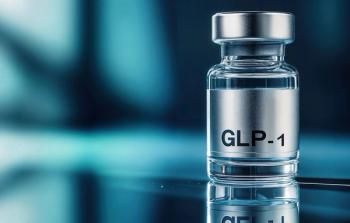
Japanese Pharma: No Longer "Lost in Translation"
A New Year
The CPhI Japan 2018 report – released ahead of what is likely to be the largest ever
Crucially, as the Japanese pharma economy is in a state of transition towards greater openness, potential rewards for early international movers were cited as another key factor in the rapid shifts predicted in 2018.
However, the report also highlights a number of drag factors. For example, in terms of how international companies approach the market – a local partner was viewed as a prerequisite of success – with brand loyalty also identified as a perennial issue. Another consideration was that there remains information asymmetries between the views of international and domestic respondents, with markedly different perspectives on the effects of the impending patent cliff, how brand loyalty influences generics consumption, and to what extent regulatory efforts have been successful. One major difference is that domestic respondents believe that the PMDA has made effective strides in tackling the drug approval backlog, while international respondents largely disagree.
In a further boost to pharma in Japan, the CPhI Global Pharma Index – an inaugural study of the perceptions of 500 pharmaceutical companies – predicted an extremely prosperous year for the pharmaceutical industry in 2018. Japan has seen relatively flat, steady growth in recent years, but international respondents now perceive Japan as having higher growth potential than most European countries in the league – ranking closely behind Germany and the USA.
In the area of "overall competitiveness", Japan also scored positively. International respondents rated Japan almost as highly as India and China (third and fourth), both emerging markets that are widely known for mass production of generics, in contrast to Japan’s mature market focussed on quality and innovation. The USA and Germany were first and second.
The report also notes that while partnerships with domestic firms is the optimal strategy for new entrants to overcome obstacles like brand loyalty and lack of local knowledge, there is potential for direct entry and even acquisitions in the medium-term.
Overall, it is clear that Japan has performed well as a top-ranking pharma nation, excelling beyond mature markets such as France and the UK in projected growth and competitiveness. Heading into 2018, it appears that Japan’s recent efforts to internationalise has led to growth in the pharma industry that will continue over the course of this year.
Newsletter
Lead with insight with the Pharmaceutical Executive newsletter, featuring strategic analysis, leadership trends, and market intelligence for biopharma decision-makers.





